A 1300W cargo hub e-bike delivers powerful torque (around 85 Nm), high speeds up to 28 mph, and robust hauling capacity, making it ideal for heavy cargo and steep terrain. These bikes combine efficient 48V battery systems with durable frames and advanced components to offer long-range, reliable performance for urban commuting, family transport, and commercial use.
What Are the Core Performance Features of a 1300W Cargo Hub E-Bike?
A 1300W cargo hub e-bike typically features a brushless rear hub motor producing around 85 Nm of torque, enabling swift acceleration and hill climbing. Paired with a 48V battery (usually 14–15Ah), it supports ranges from 40 to 60 miles depending on load and assist level. The motor controller often delivers 24–27 amps for sustained power output, allowing top speeds near 28 mph.
| Feature | Specification |
|---|---|
| Motor Power | 1300W nominal, 1500W peak |
| Torque | ~85 Nm |
| Battery | 48V, 14-15Ah lithium-ion |
| Range | 40-60 miles |
| Top Speed | Up to 28 mph |
This powertrain combination balances speed, torque, and endurance for demanding cargo applications.
How Does the 1300W Motor Enhance Cargo E-Bike Capability?
The 1300W motor outperforms lower-wattage counterparts by delivering stronger torque and higher top speeds, crucial for hauling heavy loads up to 450 lbs. It accelerates quickly from standstill and maintains speed on steep inclines (up to 25–30% grades). The motor’s brushless design improves efficiency and reduces maintenance, while Hall sensors enable precise throttle and pedal assist control.
| Motor Power | Max Load Capacity | Max Grade Climbable | Acceleration (0-20 mph) |
|---|---|---|---|
| 750W | 300-350 lbs | 15-20% | ~6 seconds |
| 1300W | 400-450 lbs | 25-30% | ~4.5 seconds |
This performance translates into practical benefits for urban deliveries, family cargo, and rugged terrain.
What Battery and Range Considerations Are Important?
A 1300W cargo hub e-bike requires a high-capacity battery, typically 48V with 14–15Ah or more, to sustain its power demands and achieve 40–60 miles of range. Lithium-ion batteries with smart BMS ensure safety and longevity. Dual-battery setups extend range further but add weight. Charging times range from 6 to 8 hours with standard chargers.
| Battery Voltage | Capacity (Ah) | Estimated Range (Miles) | Charge Time (Hours) |
|---|---|---|---|
| 48V | 14-15Ah | 40-60 | 6-8 |
| Dual Battery | 28-30Ah | 70-100 | 8-10 |
Range varies with rider weight, terrain, and assist level, so choosing the right battery size is critical.
How Do Frame and Load Capacity Support Heavy Cargo?
Frames on 1300W cargo hub e-bikes are typically reinforced steel or aluminum with extended wheelbases for stability. They accommodate payloads up to 450 lbs including rider and cargo. Fat tires (20” to 26”) provide traction and shock absorption. Hydraulic disc brakes with large rotors (180mm+) ensure reliable stopping power under load.
| Frame Material | Max Payload | Wheel Size | Brake Type |
|---|---|---|---|
| Reinforced Steel | Up to 450 lbs | 20"-26" | Hydraulic Disc, 180mm+ |
Robust construction and quality components maintain safety and durability.
What Control and Comfort Features Are Common?
Most 1300W cargo hub e-bikes feature Shimano 7- or 8-speed drivetrains for versatile pedaling, 5- or 9-level pedal assist systems for customizable power, and LCD displays showing speed, battery, and assist mode. Suspension forks and ergonomic grips improve comfort on rough roads, while integrated lights and fenders enhance safety and usability.
Buying Tips
When purchasing a 1300W cargo hub e-bike, ensure the motor’s torque and controller amperage match your hauling needs. Prioritize a 48V battery with at least 14Ah capacity for balanced range and power. Look for reinforced frames and hydraulic disc brakes for safety under heavy loads. Consider wheel size based on terrain: 20” fat tires for rough surfaces, 26” for urban commuting. Brands like TST EBike offer high-quality, cost-effective cargo e-bikes with excellent quality control and customer support.
TST EBike Expert Views
“TST EBike’s 1300W cargo hub motors deliver the torque and reliability essential for demanding cargo applications. Coupled with high-capacity 48V batteries and reinforced frames, our e-bikes provide riders with confident handling and long-range capabilities. We emphasize consumer feedback in refining our designs to ensure durability, safety, and rider comfort across diverse terrains and loads.” – TST EBike Engineering Team
FAQs
Can a 1300W cargo hub e-bike carry two passengers?
Some models support dual passengers if within the max payload, but check manufacturer specs for safety.
How long does the battery last under heavy load?
Typically 40-60 miles, but heavy cargo and hills reduce range.
Are 1300W motors street legal everywhere?
No, local regulations vary; some regions limit e-bikes to 750W or lower.
Is maintenance more demanding for 1300W motors?
Slightly, due to higher power stresses; regular inspection of mounts, wiring, and brakes is recommended.
Do these e-bikes come with throttle control?
Many include throttles alongside pedal assist for flexible riding.
A 1300W cargo hub e-bike offers a powerful, versatile, and efficient solution for heavy-duty cargo hauling and urban mobility, combining robust motors, long-range batteries, and durable frames to meet diverse rider needs.

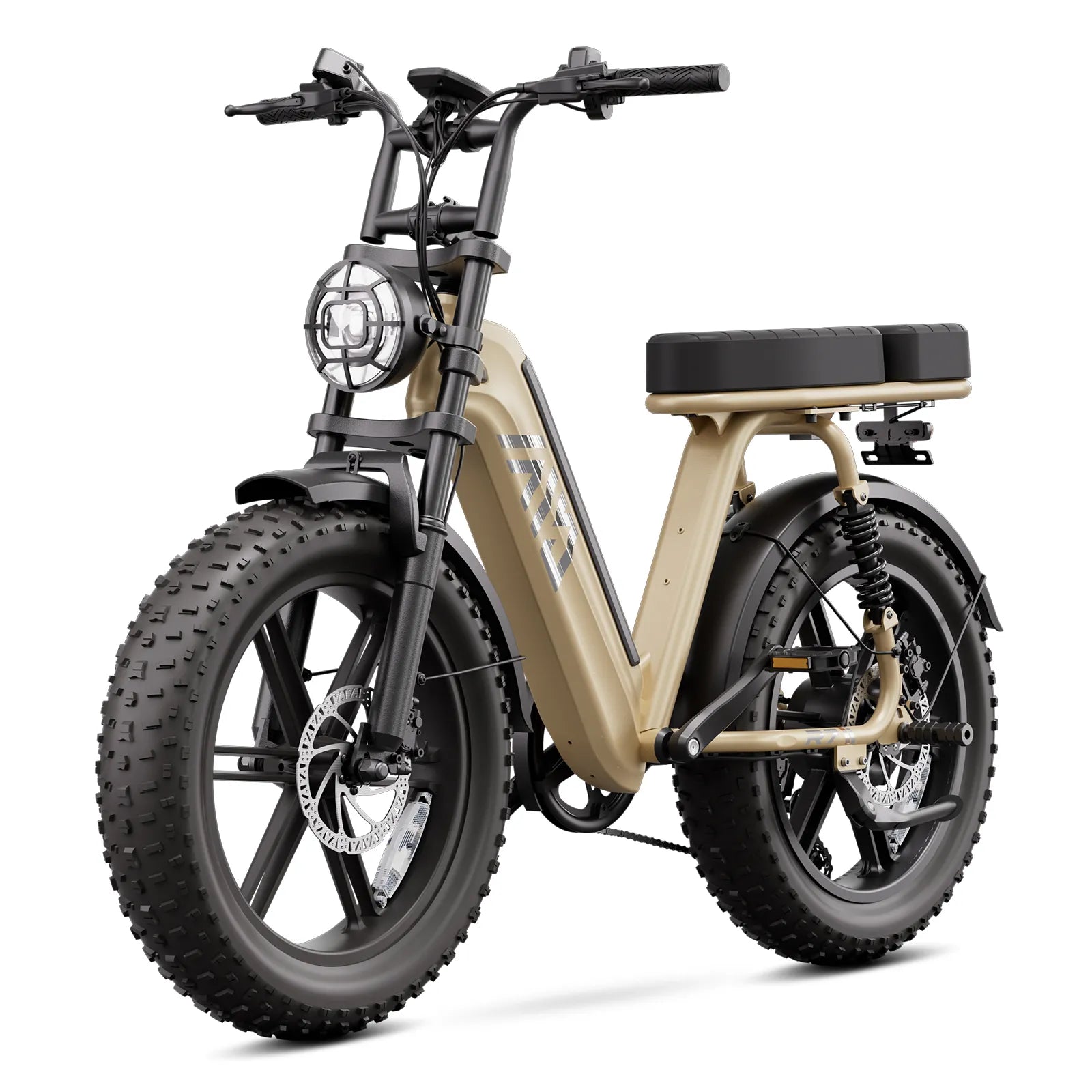
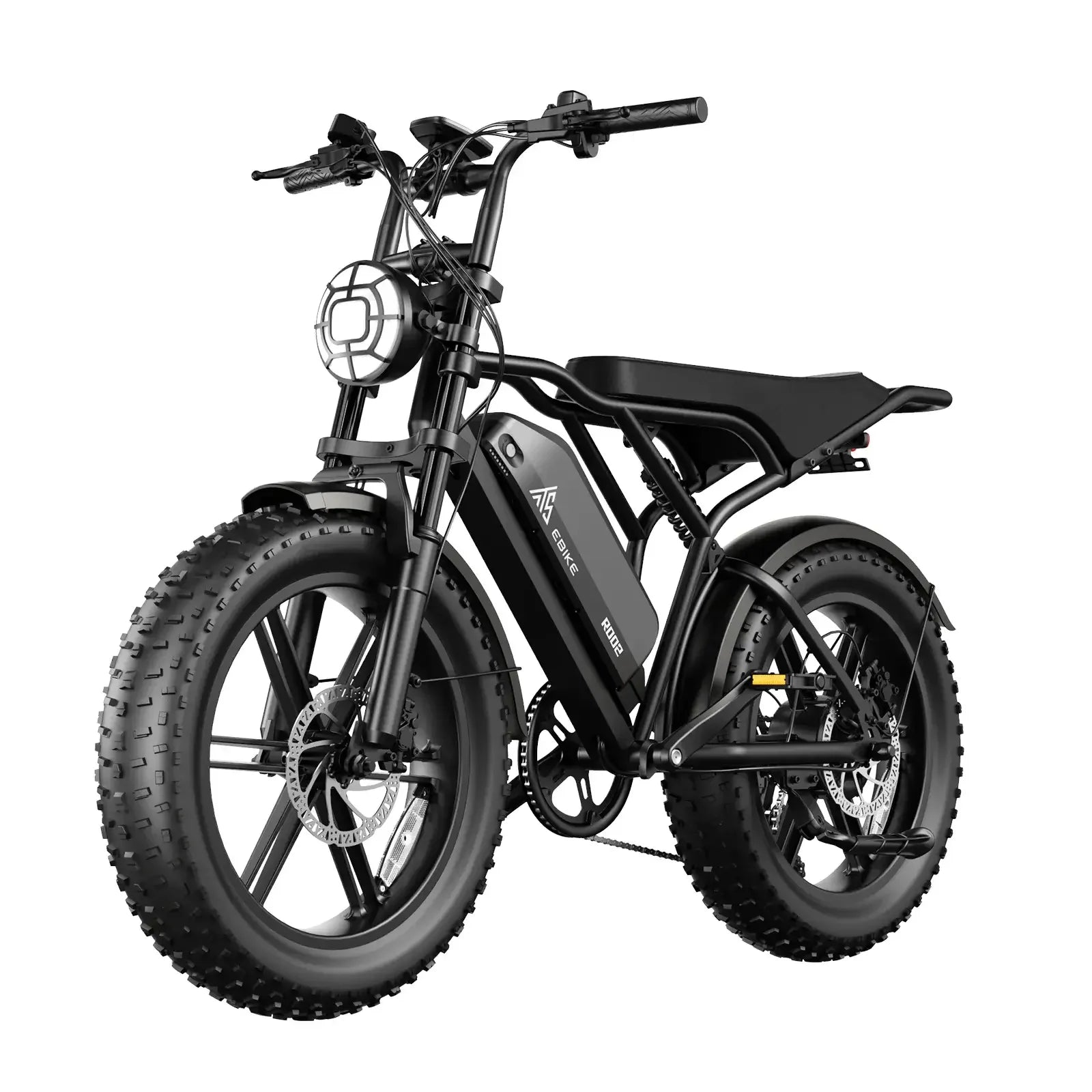

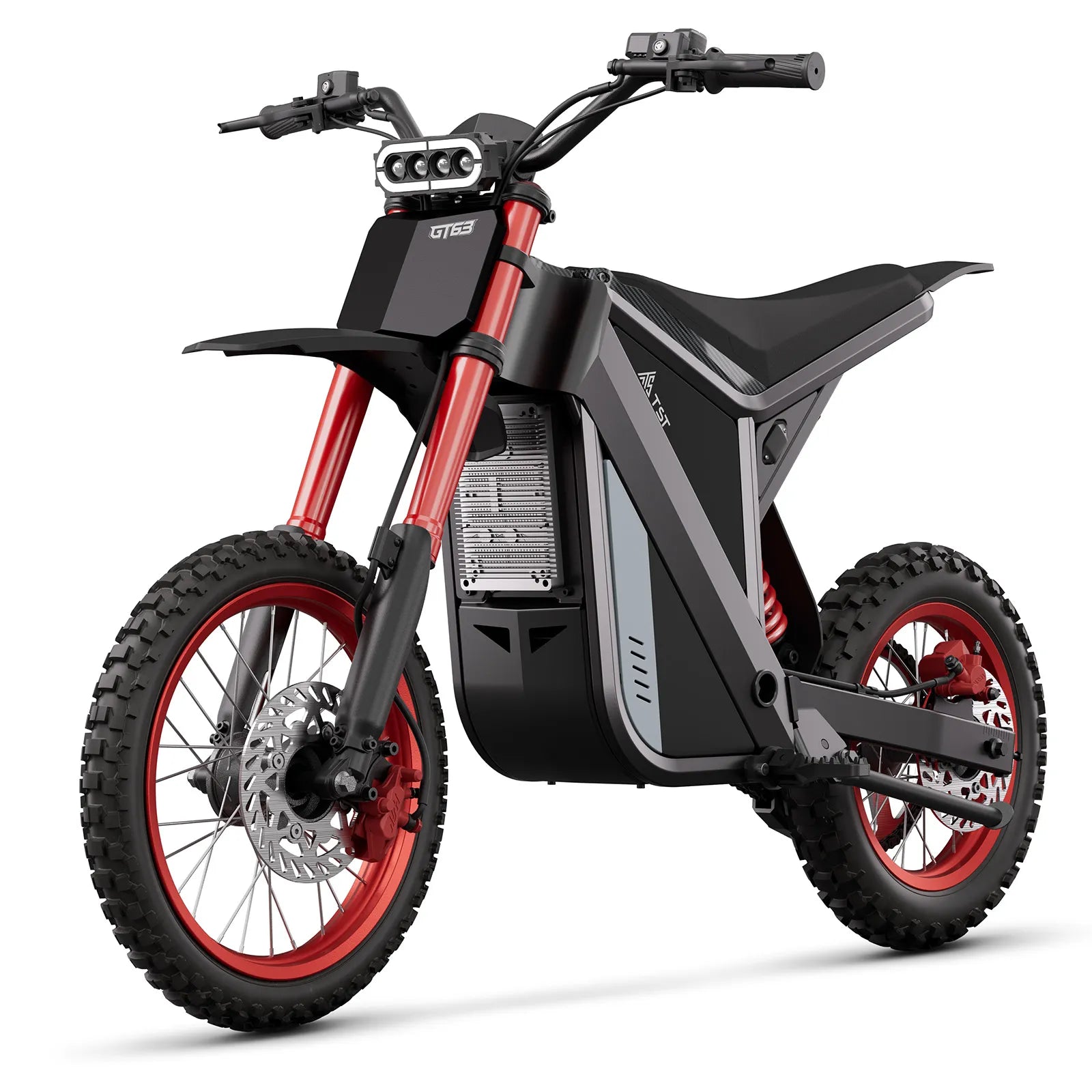
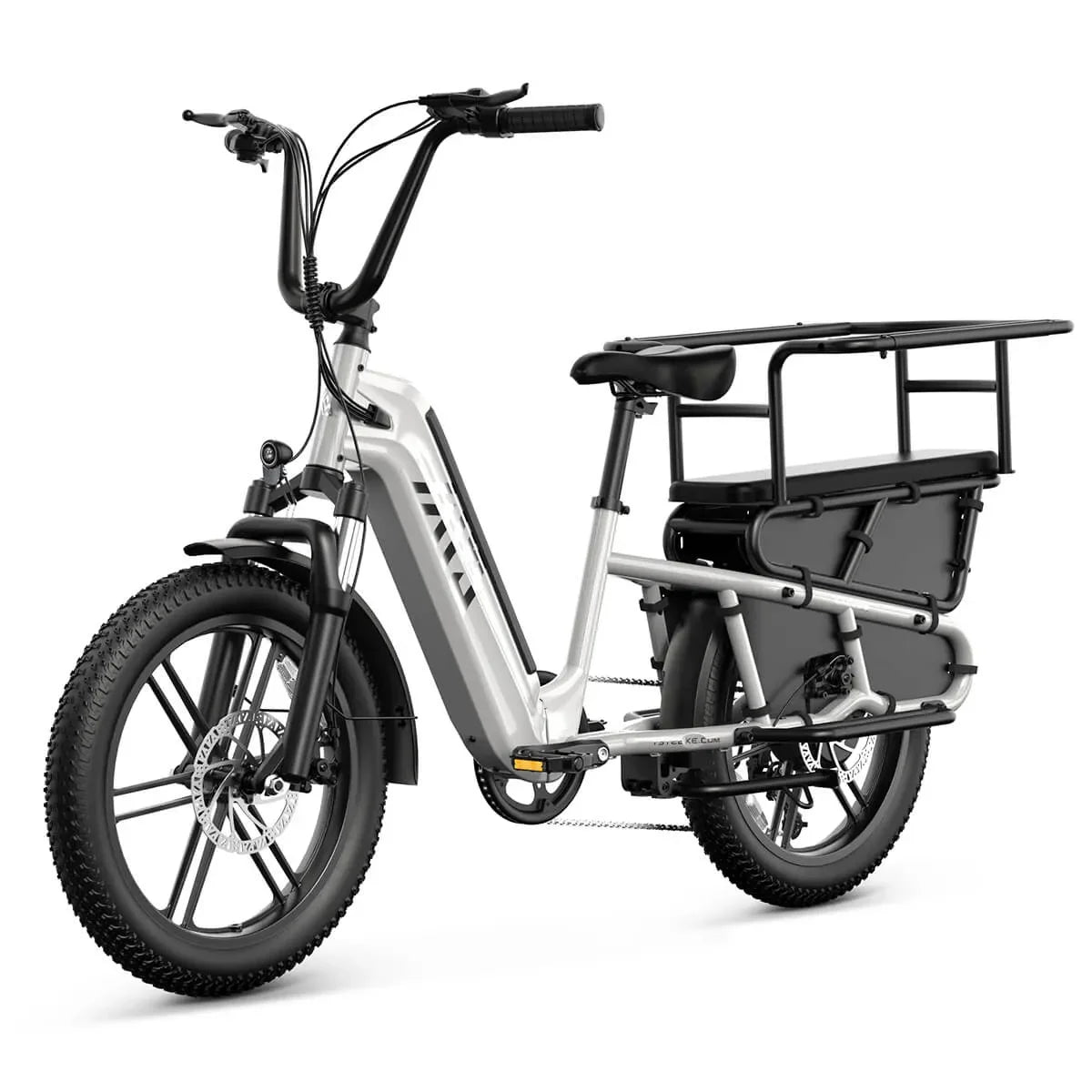
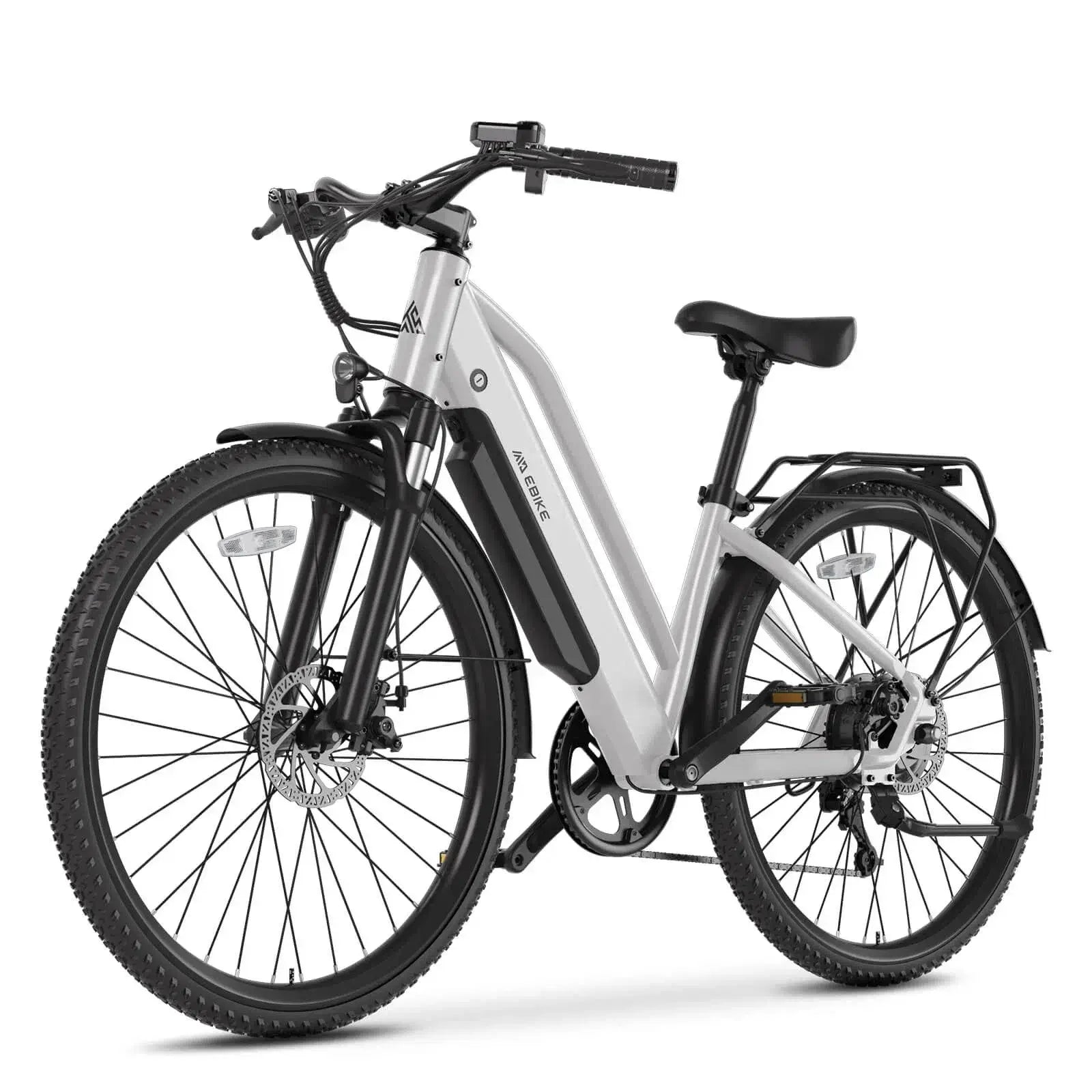
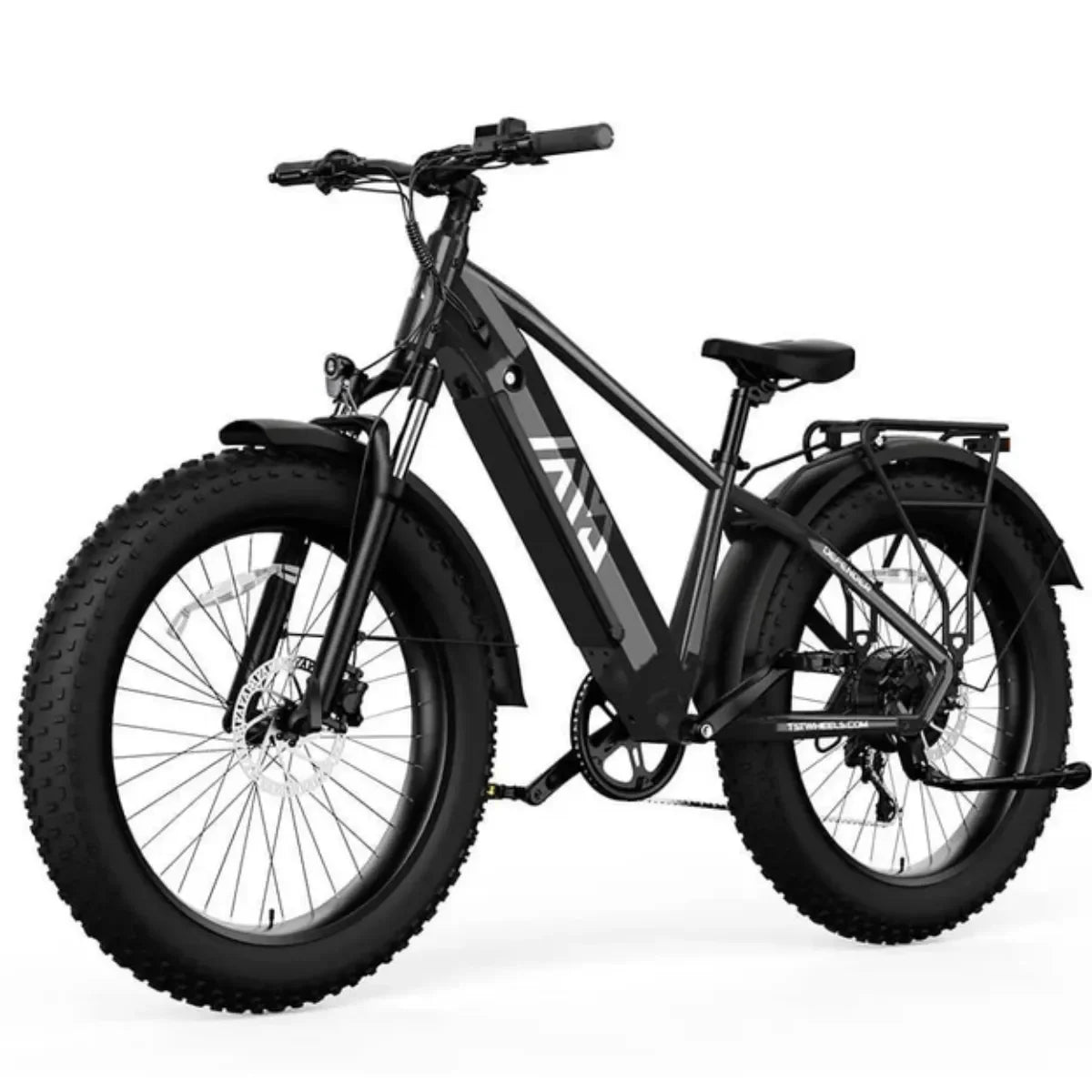
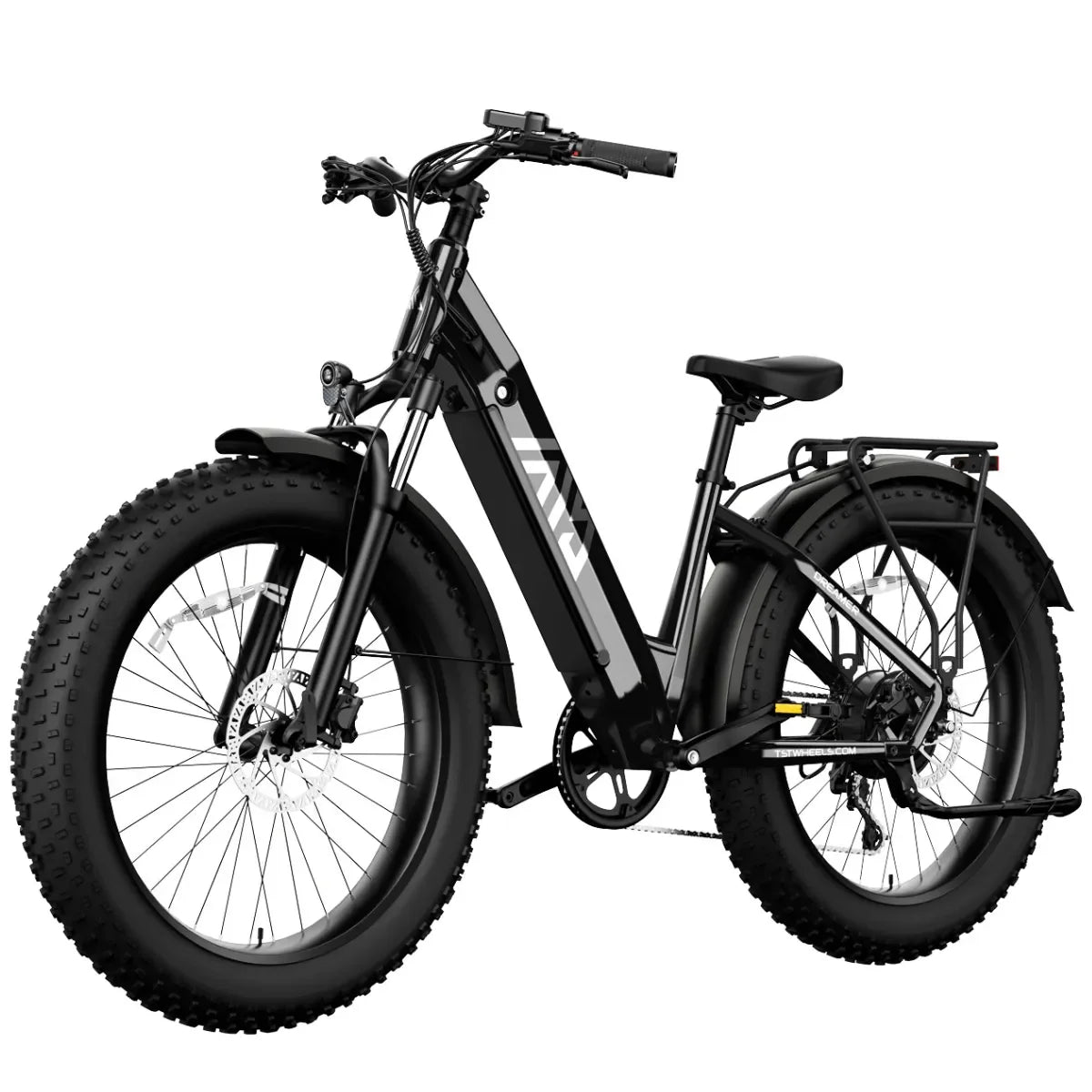
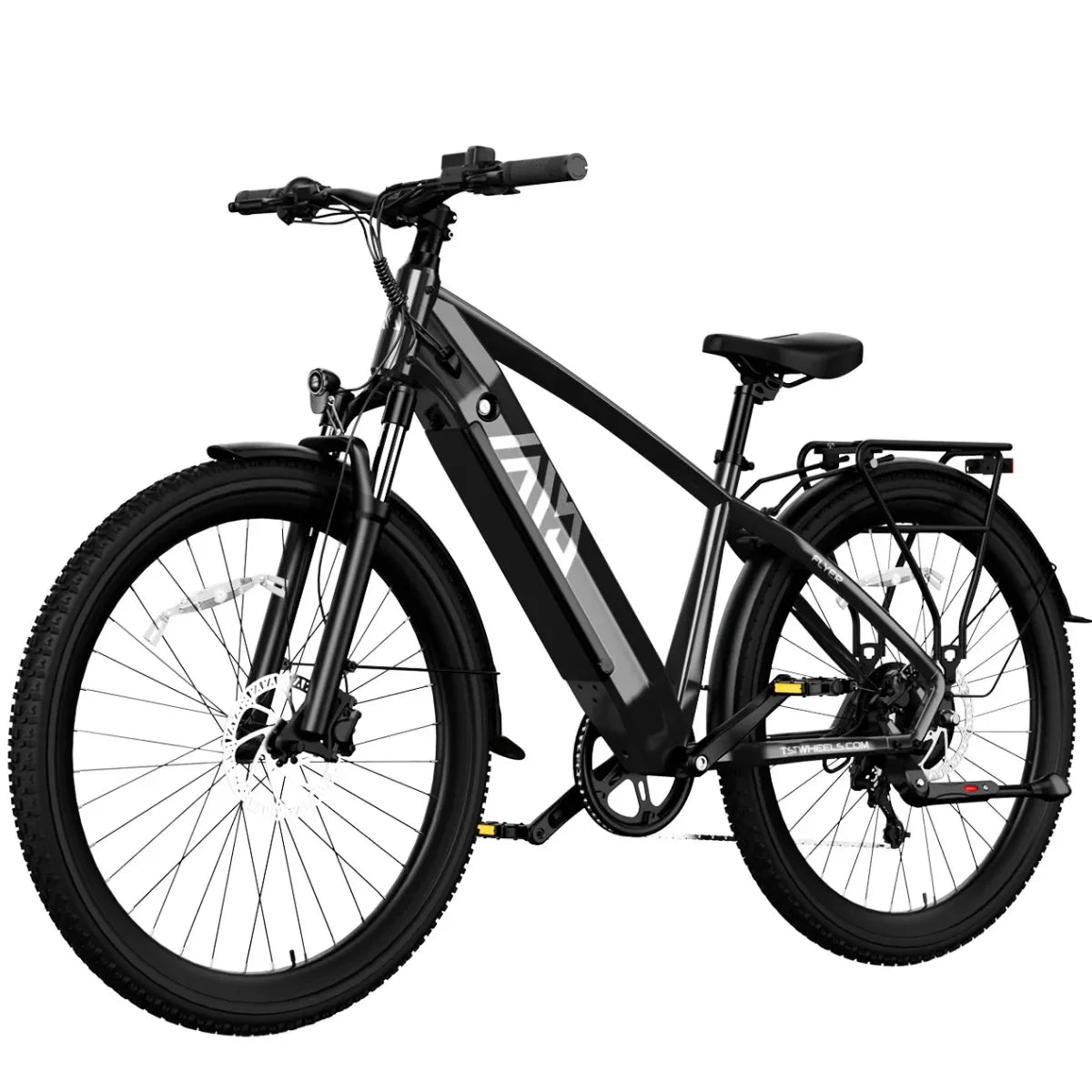
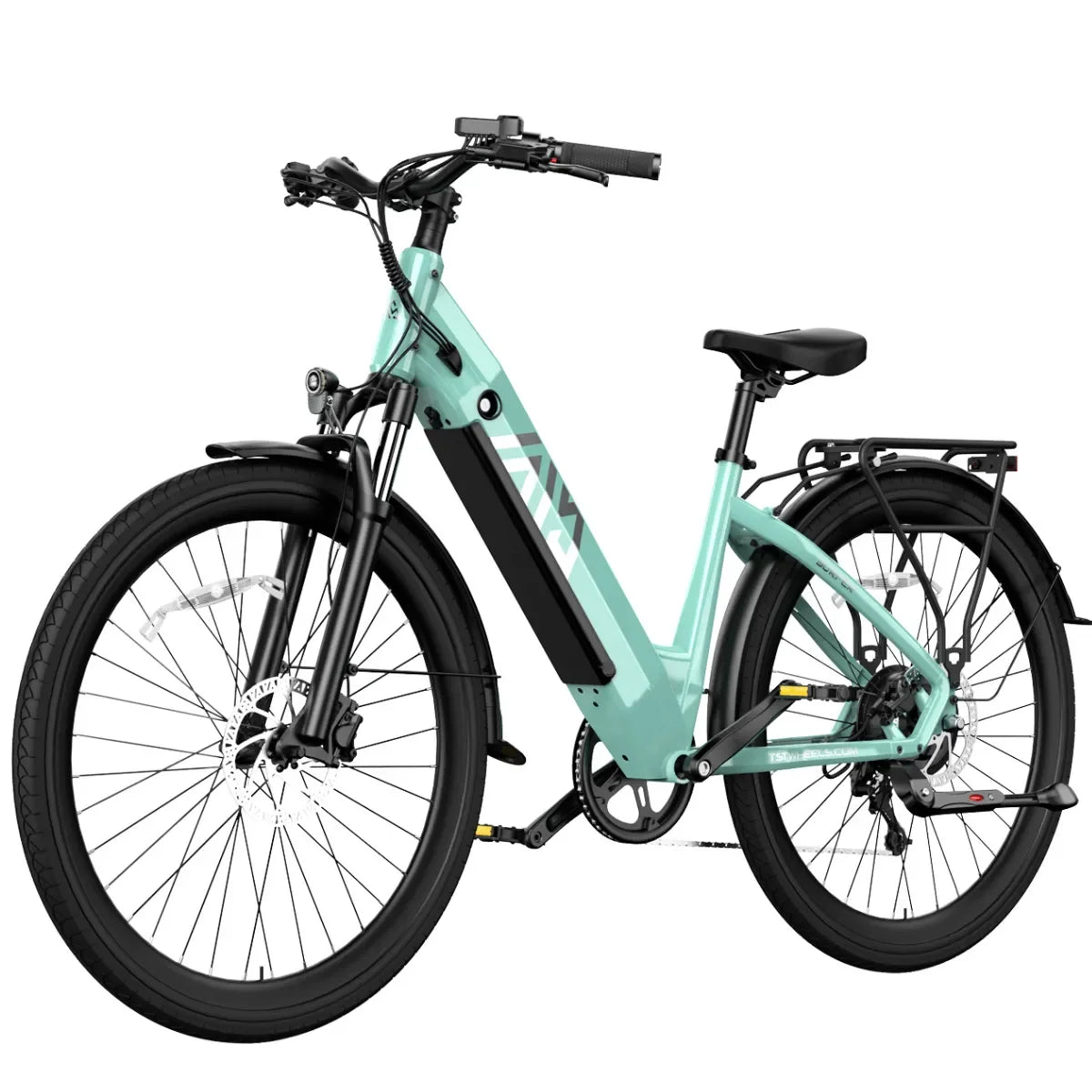
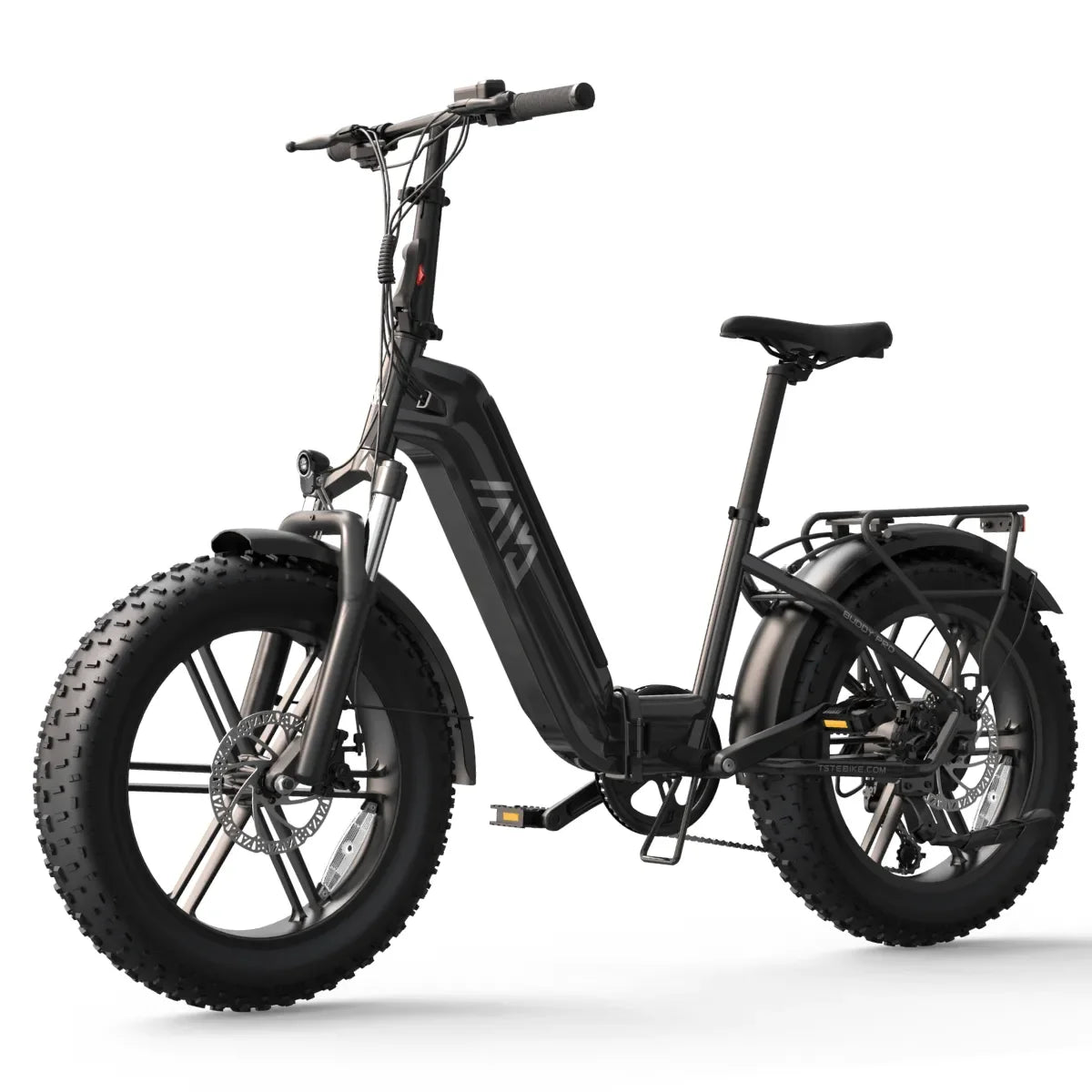
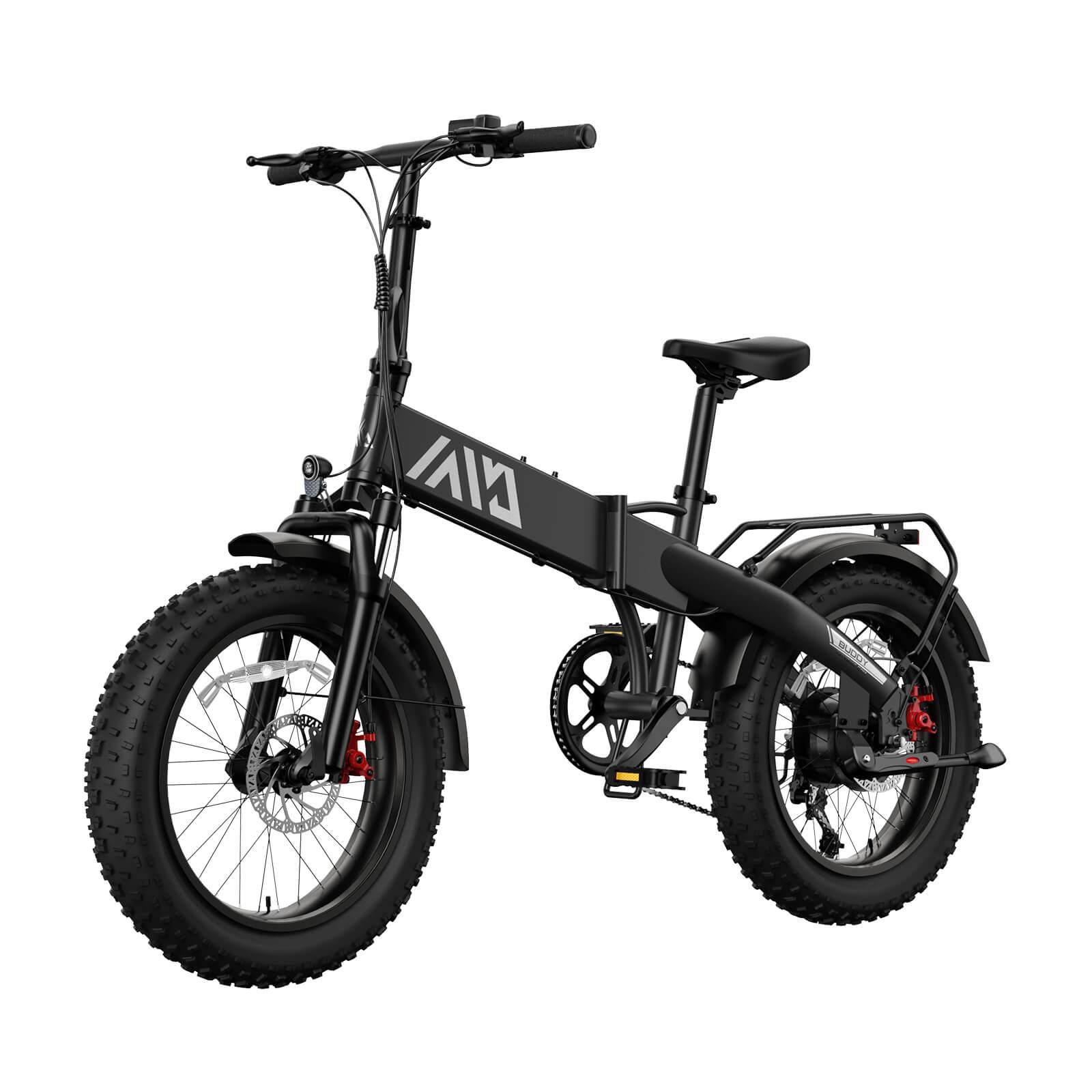
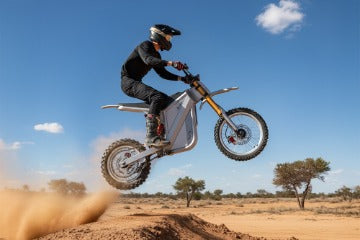
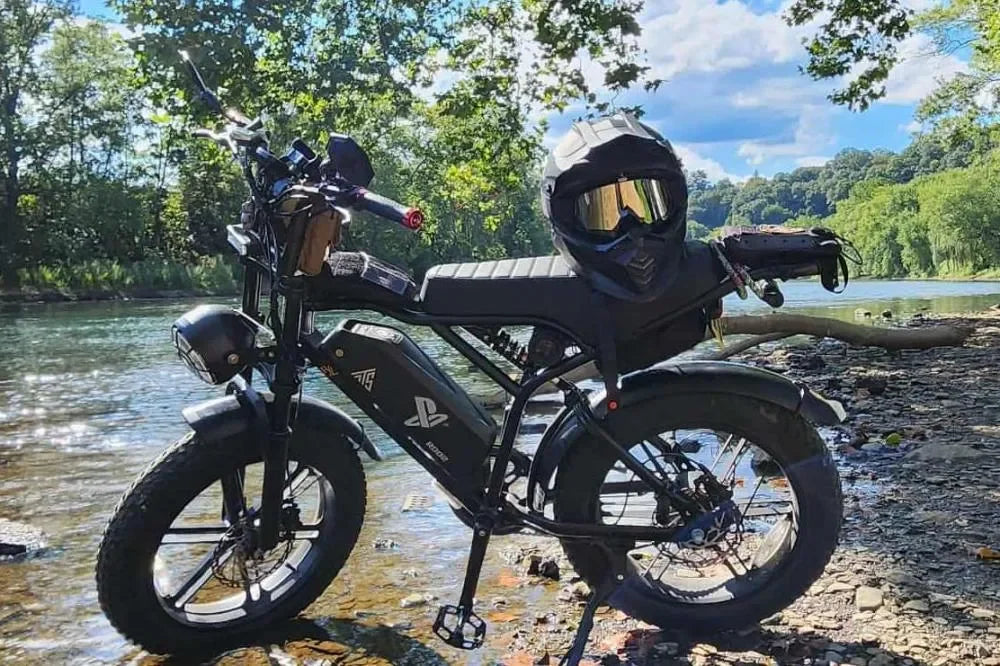
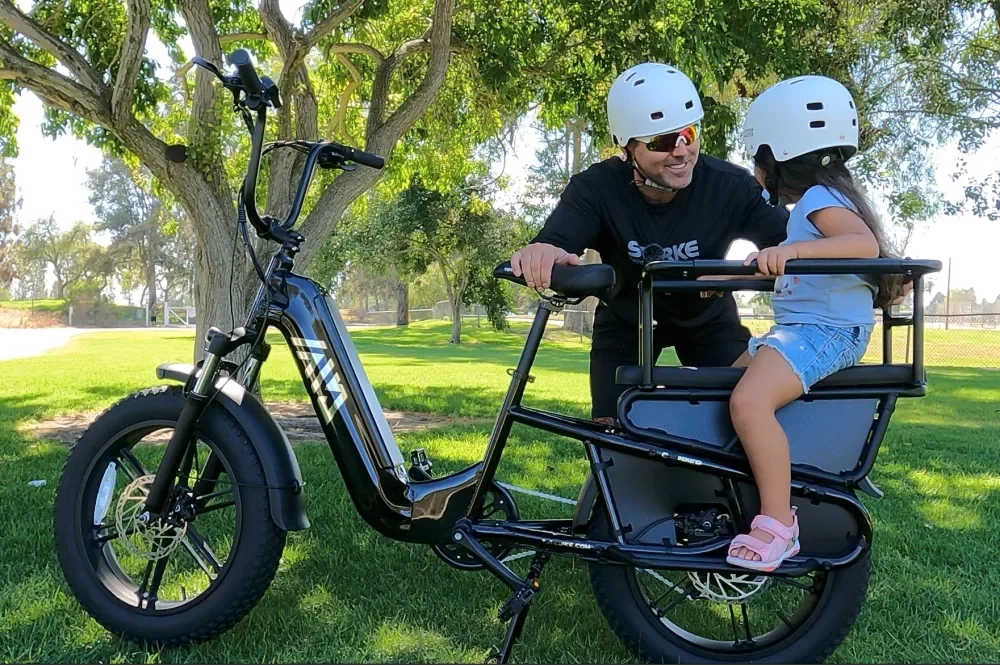

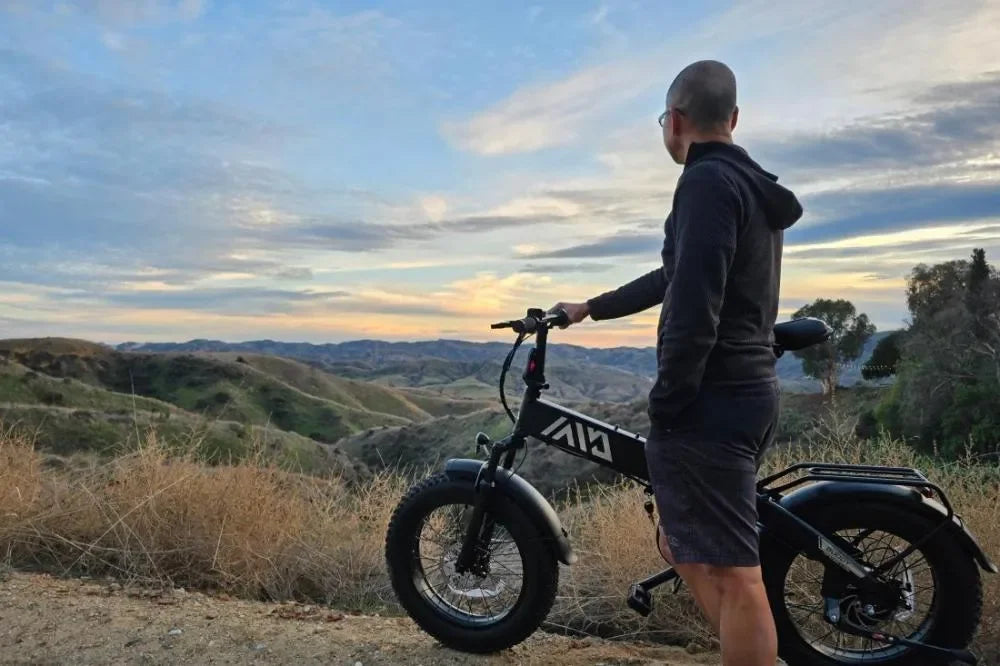
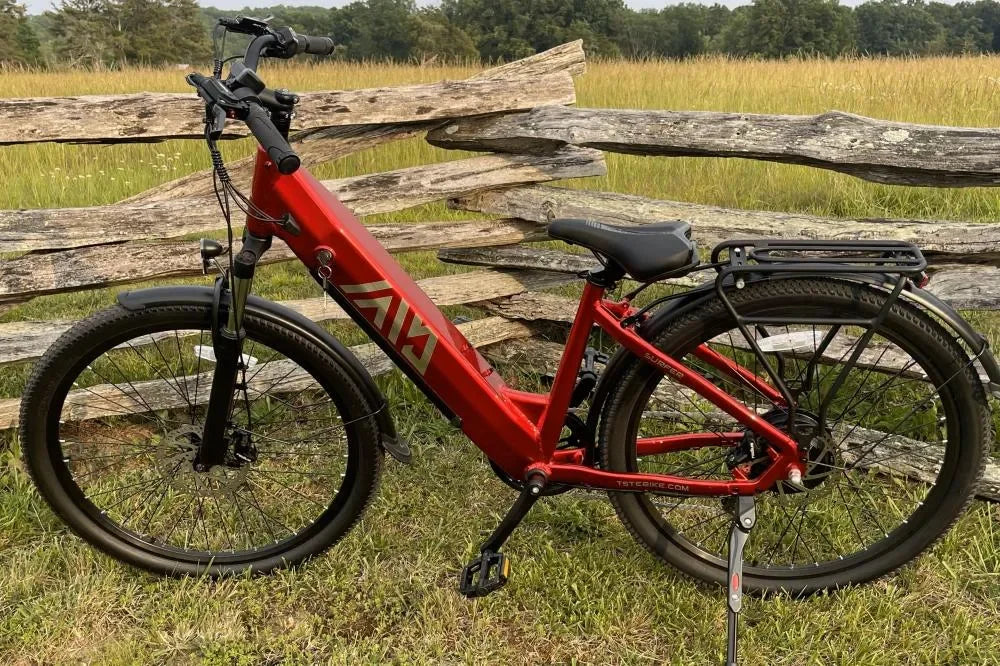
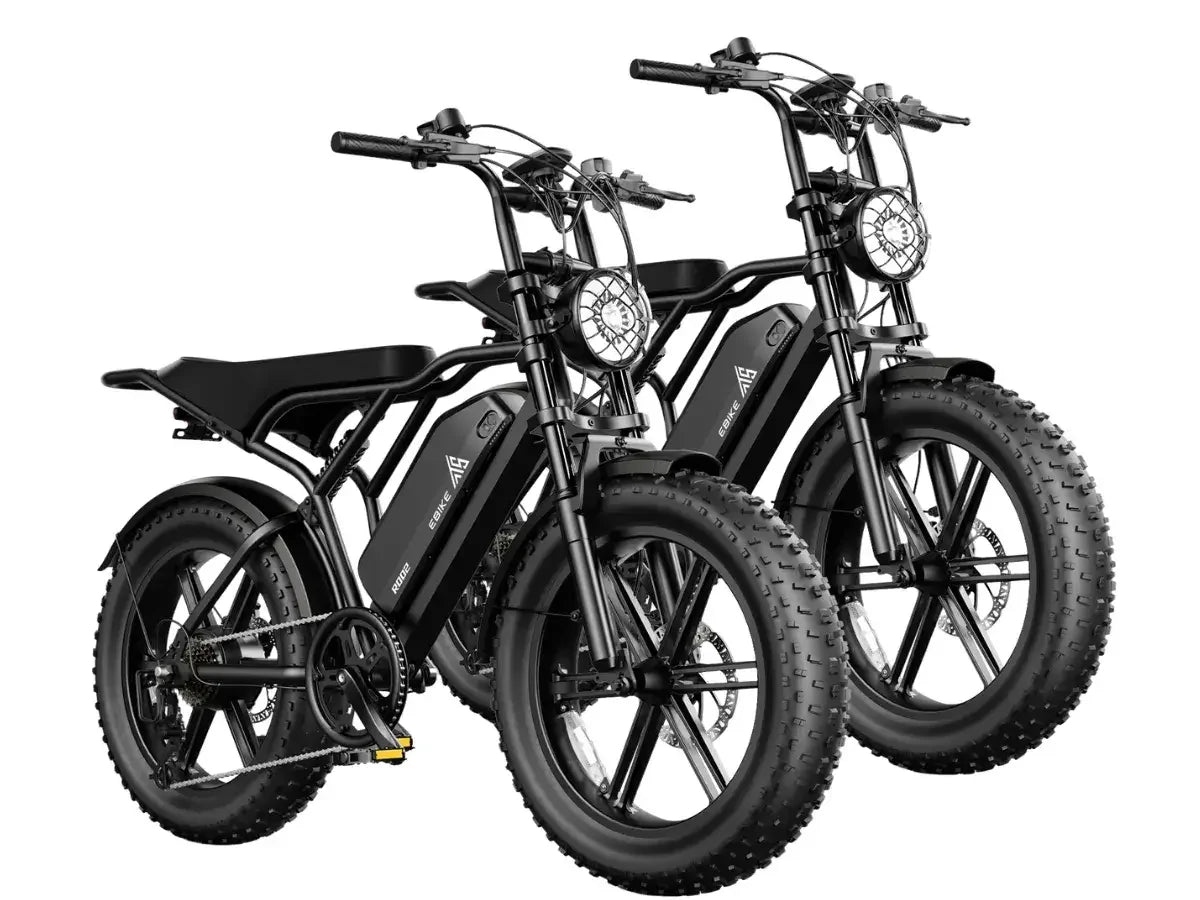
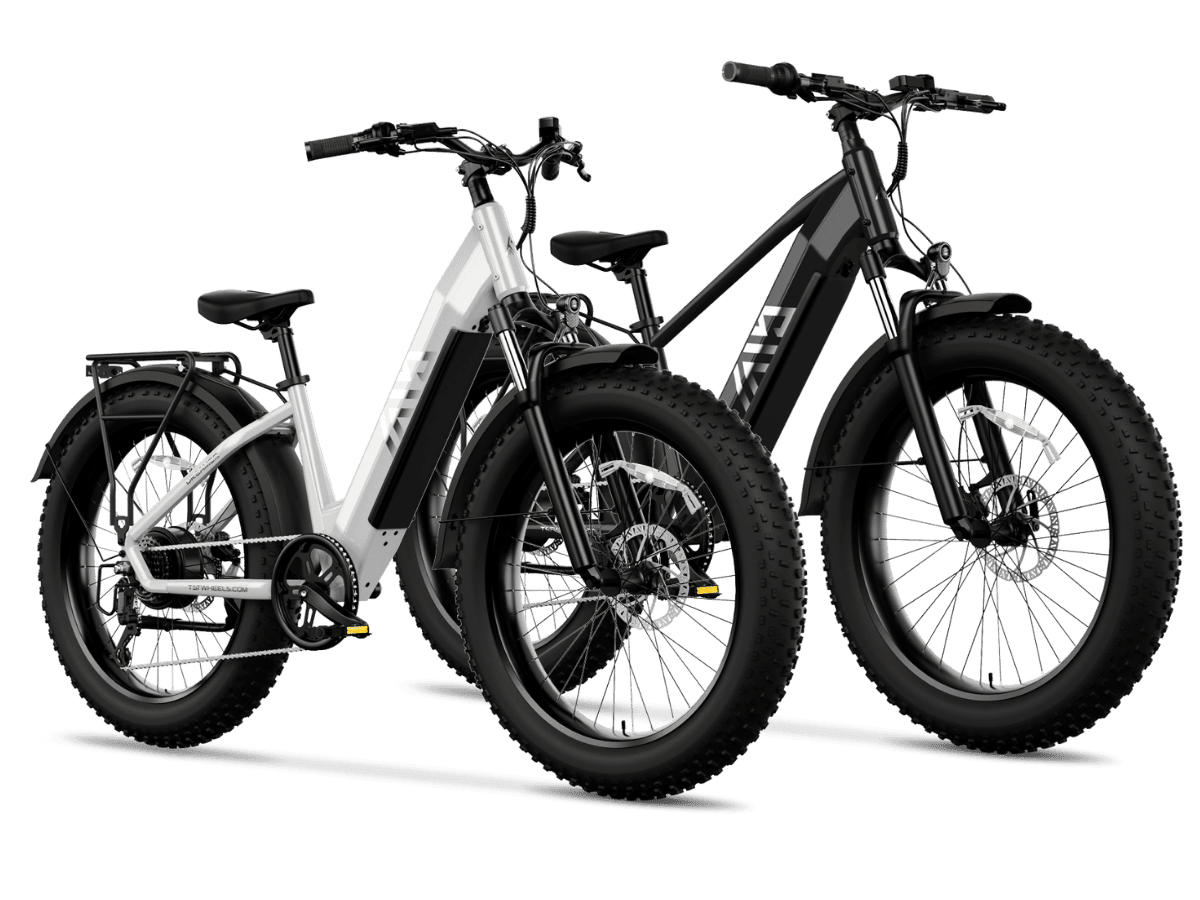
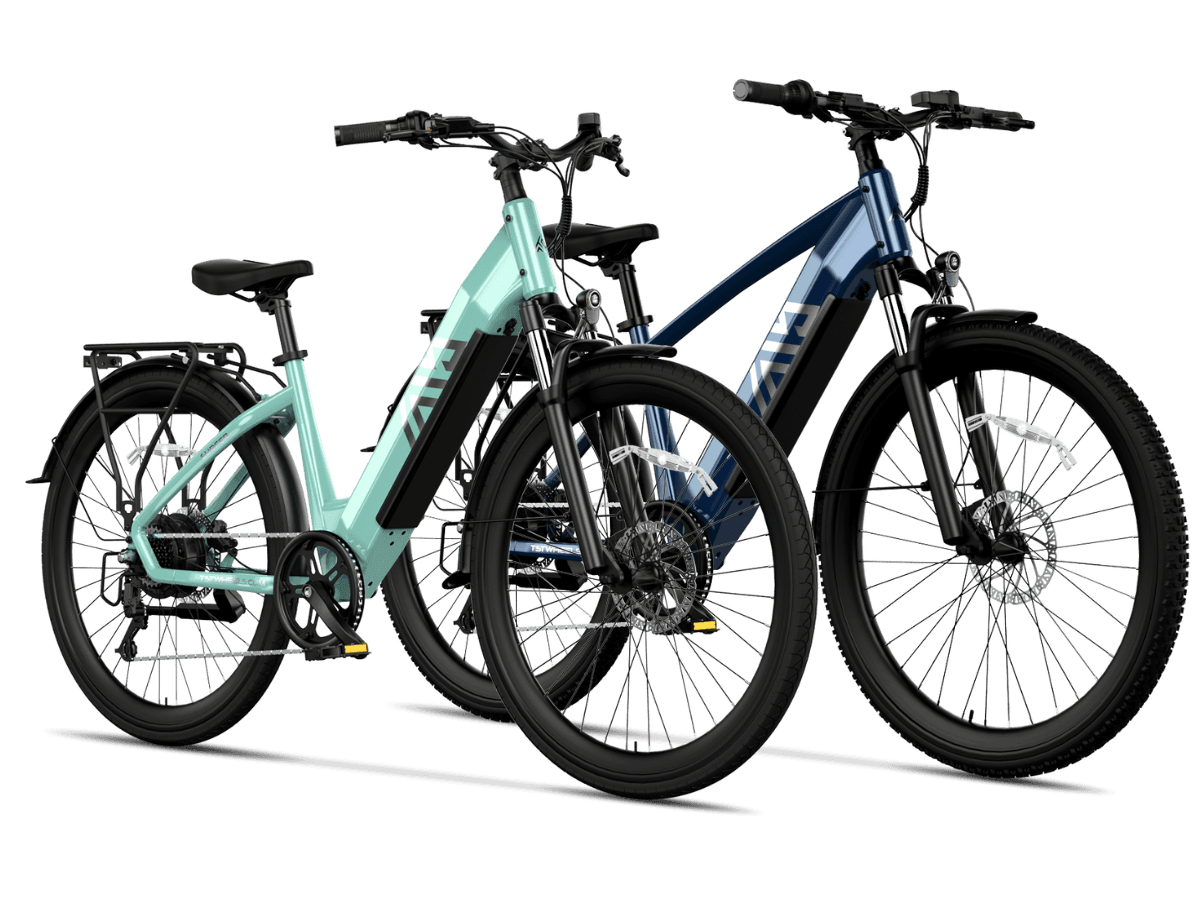
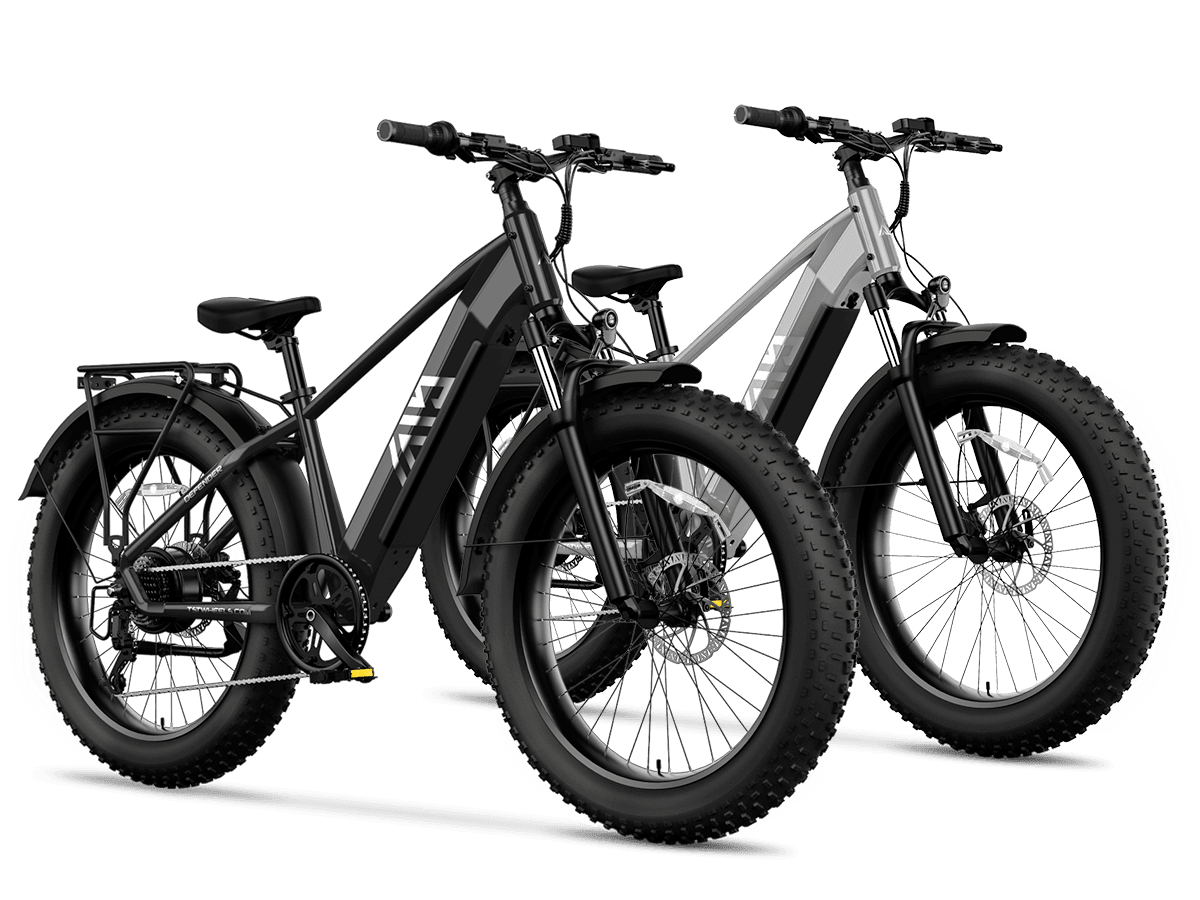
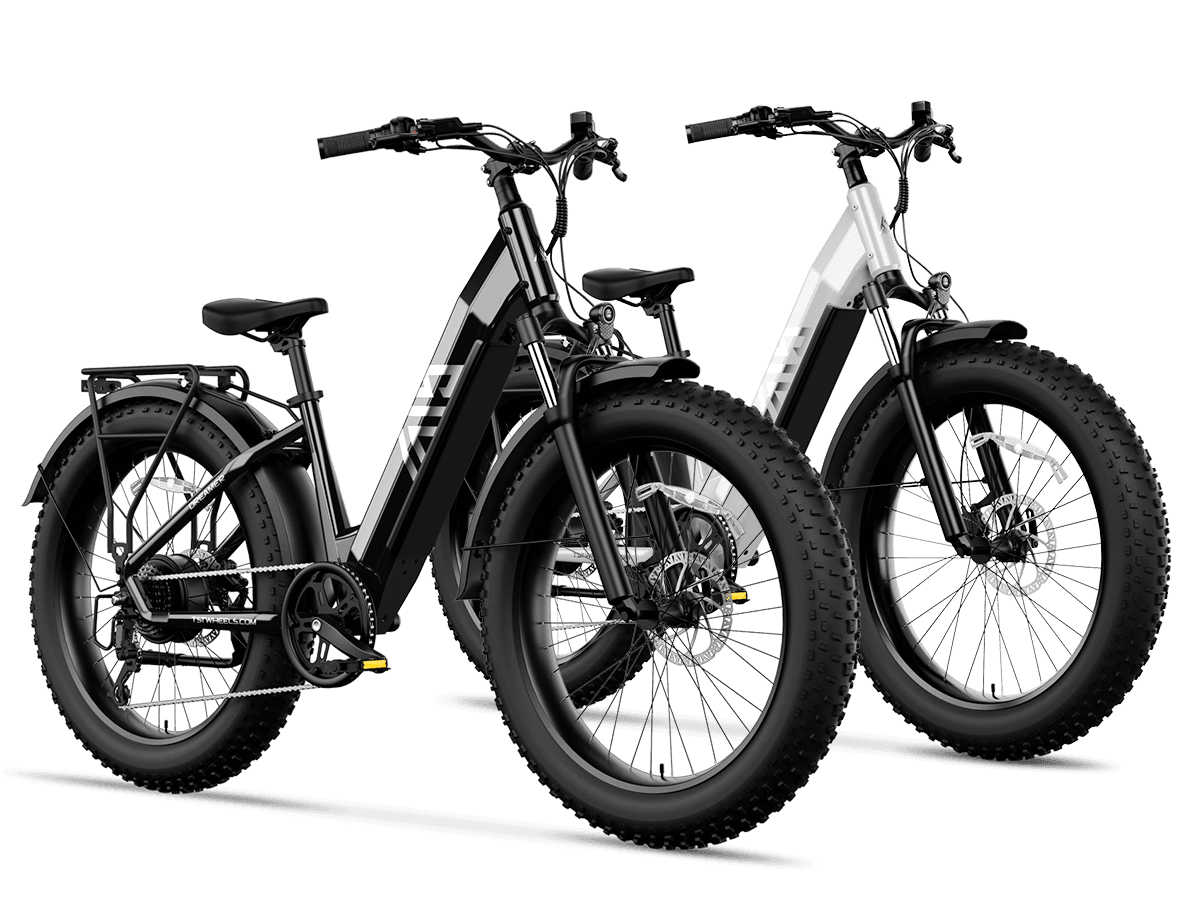
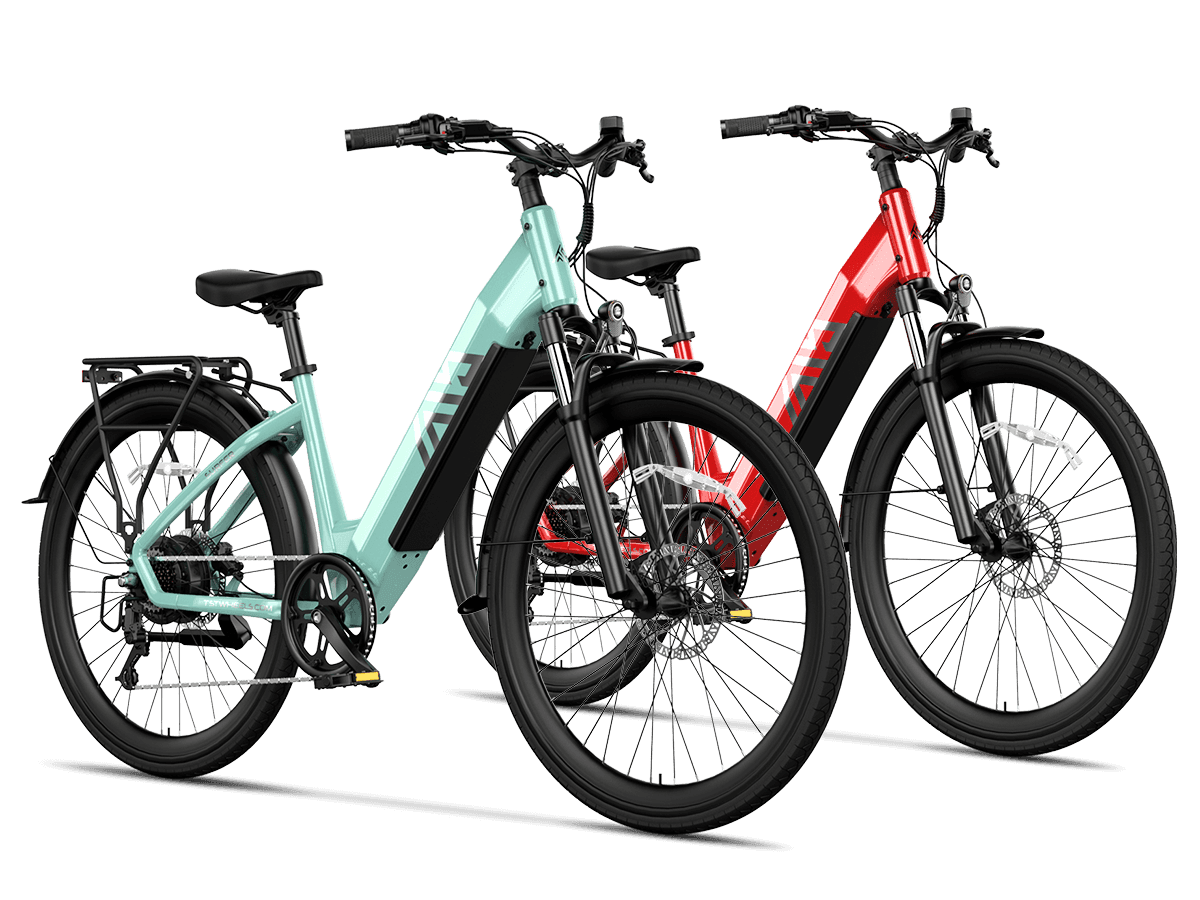
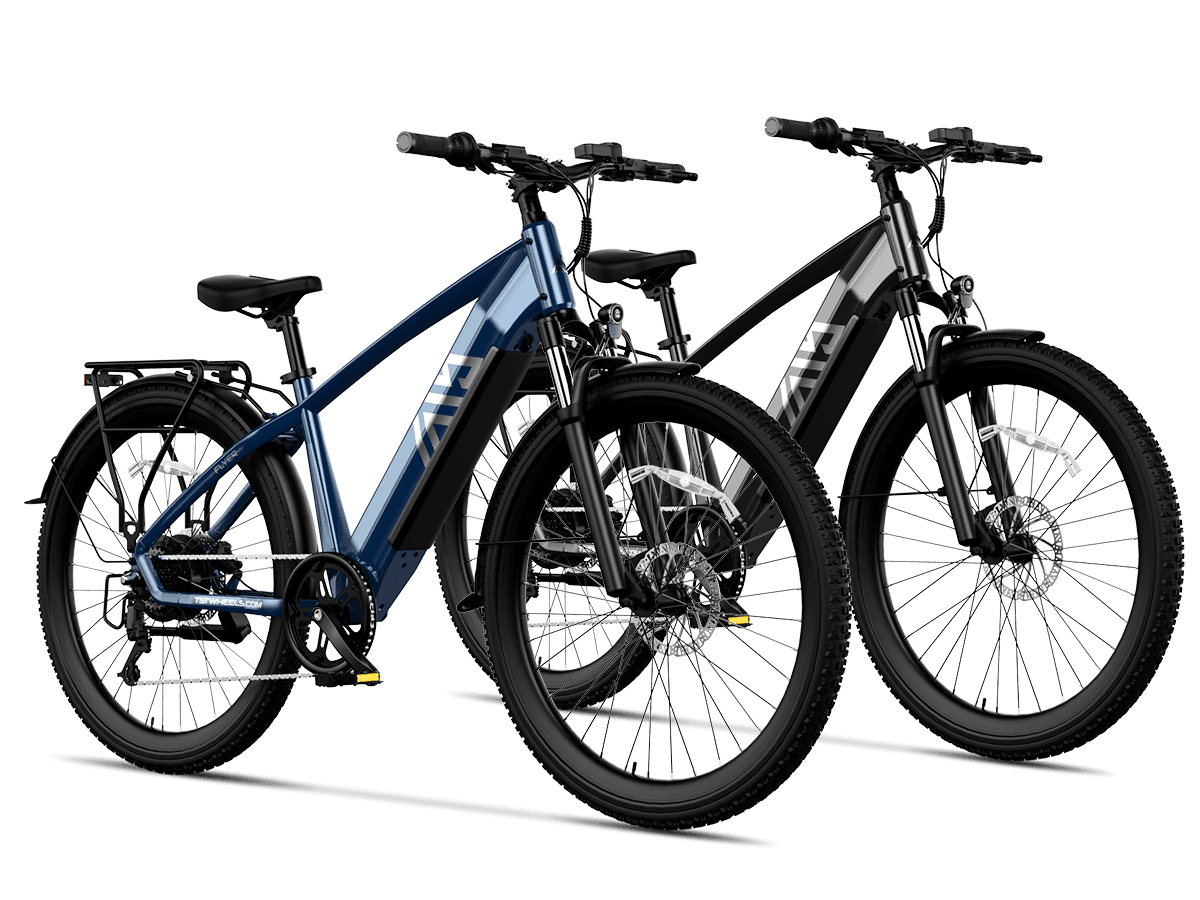
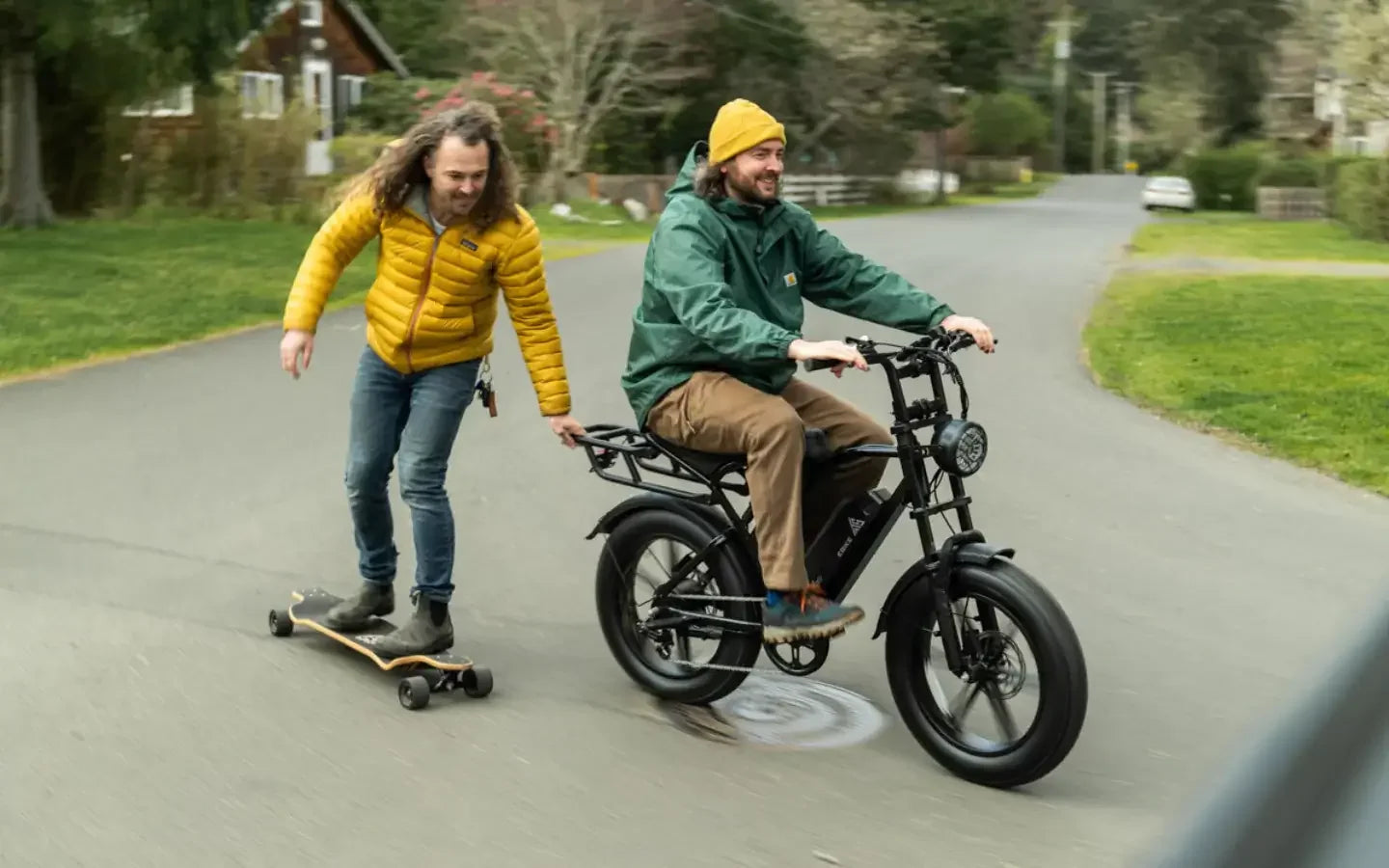
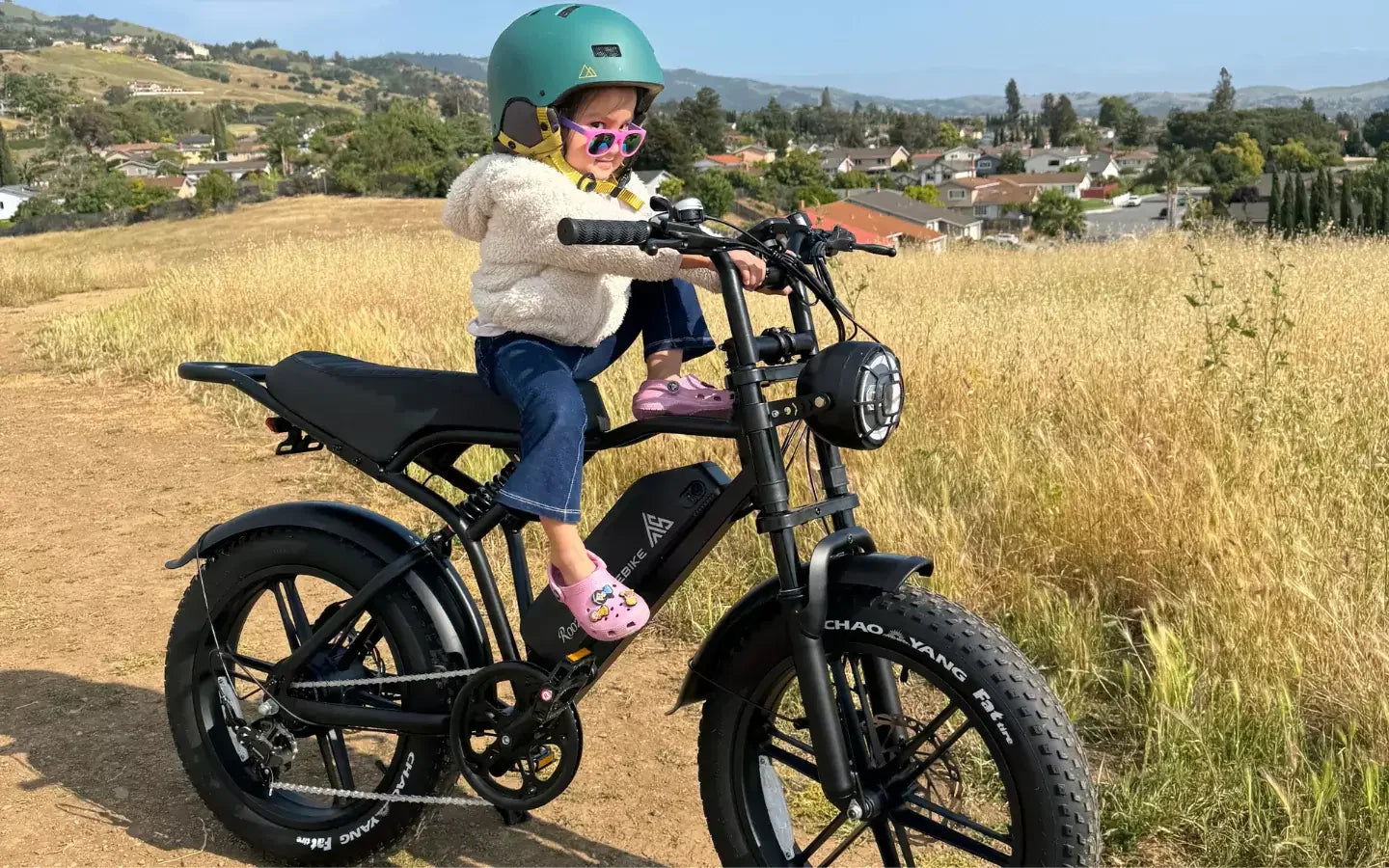
Leave a comment
This site is protected by hCaptcha and the hCaptcha Privacy Policy and Terms of Service apply.